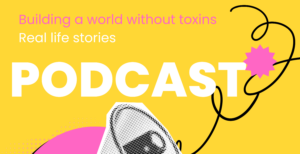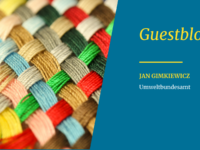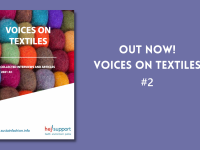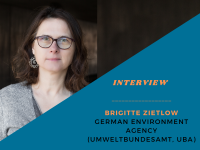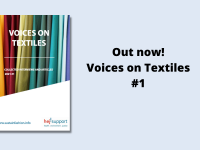Preferred Cotton – What is it & Why is it Superior?

‘Preferred cotton’ (pCotton) is a term used to denote cotton that has been sourced more sustainably than conventionally-produced cotton.1 The types of cotton classified as ‘preferred’ by the international nonprofit organization Textile Exchange include Fair Trade cotton, organic cotton, Organic Fair Trade cotton, and cotton that falls under the Better Cotton Initiative (BCI) sustainability program as well as among others.1 Factors used to classify cotton and other textiles as ‘preferred’ include: potential for circularity; the ability to track fibers throughout the supply chain; adherence to formalized sustainability criteria; verified sustainable properties; and adherence to a recognized industry standard.2 Preferred methods of cotton production are important because conventional methods of cotton cultivation and production lead to many adverse environmental impacts such as degradation of soil and heavy use and contamination of water sources.1
Over the past several years, the proportion of cotton classified as pCotton has grown steadily, accounting for approximately 22% of the market share in 2017 and 2018.2 In these same years, ten countries accounted for over 95% of all pCotton production, with Brazil, China and Pakistan claiming the top three positions.2
In order to encourage the transition to sustainable cotton sourcing, Textile Exchange initiated the 2025 Sustainable Cotton Challenge, which calls for brands to commit to sourcing all of their cotton from sustainable sources by 2025.3 Such brands that are making the transition to sustainable cotton through their participation in the challenge include Adidas, H&M, IKEA, Nike, Burberry and Levi’s as well as many others.3
A shift to pCotton is an important move towards sustainability, and it is in line with several of the UN Sustainable Development Goals, particularly SDG 12: Responsible Consumption and Production.2
Textile Exchange. (2020). Market Share of Preferred Cotton (‘000). Retrieved from: https://textileexchange.org/wp-content/uploads/2020/06/2025_Sustainable-Cotton-Challenge-Report_20201.pdf
For more information about preferred cotton, please visit the Textile Exchange website.
References
- Textile Exchange. (n.d.). Learning Centre/Organic Cotton. Retrieved from: https://textileexchange.org/learning-center/preferred-cotton/
- Textile Exchange (2020). 2025 Sustainable Cotton Challenge: Second Annual Report 2020. Retrieved from: https://textileexchange.org/wp-content/uploads/2020/06/2025_Sustainable-Cotton-Challenge-Report_20201.pdf
- Textile Exchange (2020). 2025 Sustainable Cotton Challenge. Retrieved from: https://textileexchange.org/2025-sustainable-cotton-challenge/
